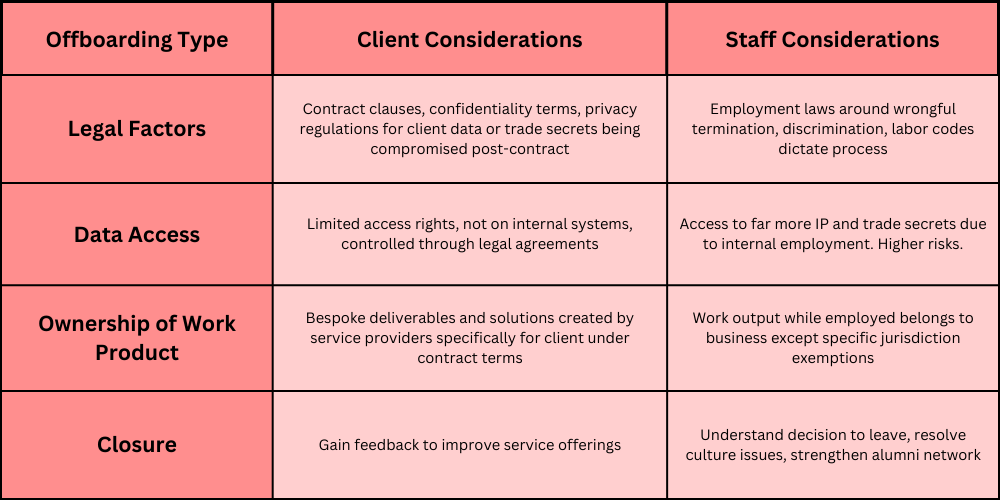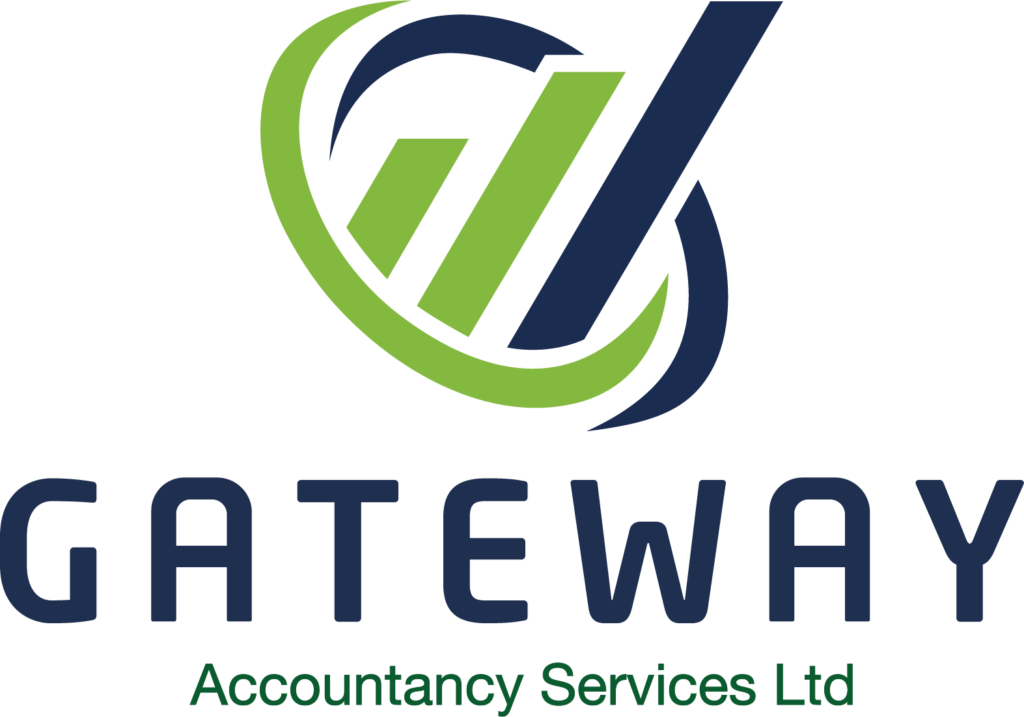
Offboarding refers to the process of transitioning clients or staff members out of a business relationship when it ends. It is the opposite of onboarding new clients or employees, instead covering the end of the working relationship between a company and external clients or internal team members.
Some key things to know about offboarding clients and staff:
Offboarding should not be an afterthought – formal procedures need to be built for when clients stop doing business with you or when employees submit resignations.
Constructive offboarding paves the way for future alumni connections, star employees boomeranging back, and positive word-of-mouth even from departed clients.
Let’s explore deeper why client and staff offboarding matters, what should be included, and how processes can be created to make separations respectful for all sides.
When it comes to outgoing clients, properly offboarding them preserves crucial aspects like:
Your Brand Reputation
No matter the reason for their departure, you want to uphold a positive view of your business. This network of alumni clients also holds referral potential down the line.
Avoiding any feelings of abandonment or lack of support during an offboarding retains goodwill towards your company.
Legal Protection
Certain industries, like technology or pharmaceuticals, need to take extra care when offboarding clients to avoid potential legal issues.
Confidentiality clauses around intellectual property, for example, must be followed. Data leaks could open you up to lawsuits.
Having structured offboarding ensures contractual obligations are fulfilled.
Service Improvements
The offboarding stage grants you one final opportunity to pick the brains of departing customers and learn from their perspective. Exit interviews and surveys with specific questions elicit constructive feedback for better retention in future.
When a client relationship is ending, either through a contract expiring or early cancellation, a systematic checklist of tasks should be followed by your team:
As you complete the formal business separation, the last human touches matter when it comes to preserving brand perception held by the departing client:
The client should ultimately walk away feeling supported, listened to, and still a fan of your brand.
When employees resign, treating their transition away from the company respectfully through offboarding has significant upsides:
Reduced Security Risks
HR along with IT must swiftly invalidate access badges, recover devices, reset system credentials, and sign exit declarations to avoid disgruntled staff causing data leaks or other internal security issues.
Strengthened Alumni Network
Parting ways amiably keeps future boomerang potential open for star employees to possibly rejoin. They may also refer new talent. Alumni often give more honest reviews as well on employer rating sites.
Insights from Exit Interviews
Learning why high performers are leaving and where your people processes could improve stems directly from their offboarding experience. Exit interviews allow surveying resigning staff.
Now let’s get into the step-by-step checklist managers should utilise when an employee resignation occurs:
Manager’s Offboarding Checklist
As the last day approaches, managers should ensure:
With the foundations of client and staff offboarding’s importance covered, along with best practices for both groups’ transitions, let’s contrast some considerations involved between the two.
While both clients and staff require dedicated offboarding efforts, some aspects differ:

Recognising these contrasts allows you to tailor offboarding procedures appropriately. What unifies both situations is the necessity of doing it right.
To institutionalise smooth client and staff transitions once relationships end, formal offboarding processes should be created:
Mapping the Offboarding Journey
Analyse each phase of offboarding and create a template journey map reflecting ideal workflows for both client and employee exits, like:
With the journey mapped, build procedural checklists covering all offboarding scenario particulars:
As offboarding proceeds for both outgoing clients and staff, securing any sensitive information they had access to should become an immediate priority:
IT leaders overseeing offboardee systems termination should evaluate:
Exit interviews mark the end of client and employee lifecycles, offering insights:
Exit Interview Best Practices
The doors closing on business relationships or coveted team members leave room for growth, progression and new beginnings to follow, if handled with compassion.
With structured offboarding protocols designed thoughtfully as above and applied consistently, your organisation can uphold security, knowledge continuity, professionalism in separations while enabling amicable alumni networks to boot.
